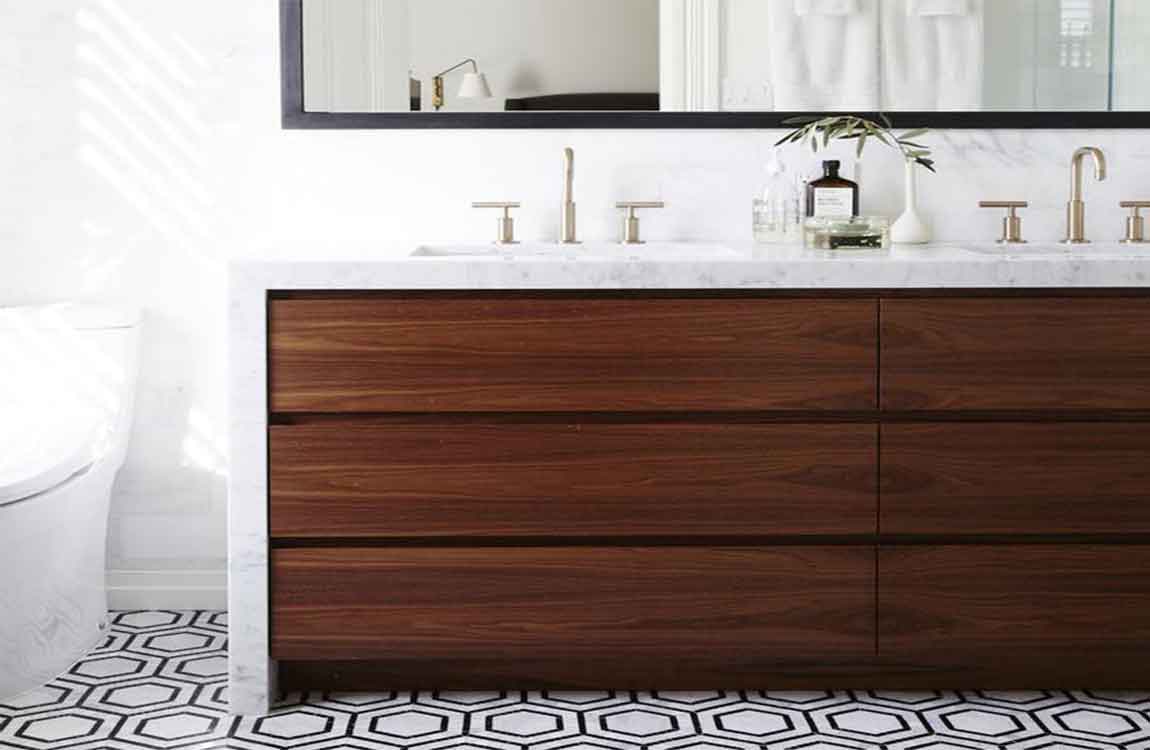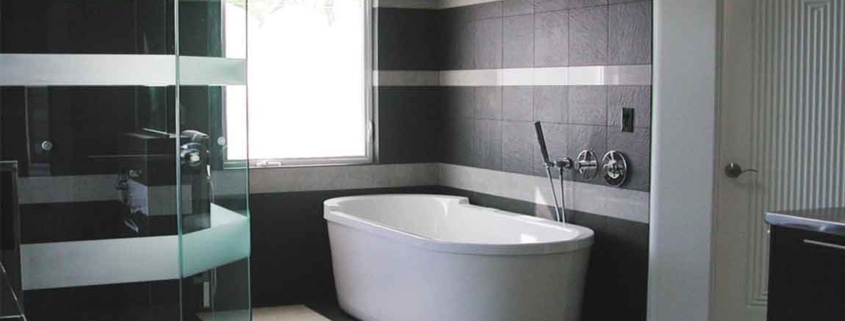How Removing Existing Caulk?

Get a razor scraper to remove the old, existing caulk. This tool will cleanly remove existing caulk with a simple scraping motion. Make sure that the blade is plastic, as a metal blade can scratch and damage plastic bathtubs. If you are installing a new bathtub, there won’t be any old caulk to remove! Skip this section and concentrate on applying new caulk.

A utility knife is another option for a quick removal of caulk. Ensure that the blade is plastic. Although you can buy specialty caulk removers, these can damage plastic bathtubs. Fiberglass and acrylic tubs can also be easily scratched. Stick to plastic blades for these too. Use sharp strokes to scrape away the old caulk.

Place the blade flush against the surface of the bathtub, and use small, quick strokes to scrape the caulk. This will remove the caulk from the surface cleanly. This motion will cause the caulk to flake away in long, thin pieces. Once you have gone around the bathtub removing old caulk, do a final check to find any spots you may have missed.

Use tweezers to pry out any hard to reach caulk. Clean up the pieces of old caulk. Wipe up and remove any pieces of caulk that you can see. Then vacuum the tub to remove any leftover, hidden pieces. Wipe down the bathtub with denatured alcohol. Use an old rag to wipe down all of the areas of the bathtub where caulk was with denatured alcohol.

This will help to clean the surface in preparation to apply the new caulk. If there are any particularly stubborn pieces of caulk that won’t come away, then you can also use denatured alcohol to help remove these. Soak a rag in denatured alcohol and leave it resting over the caulk for 2 days. Then it should easily scrape away.











